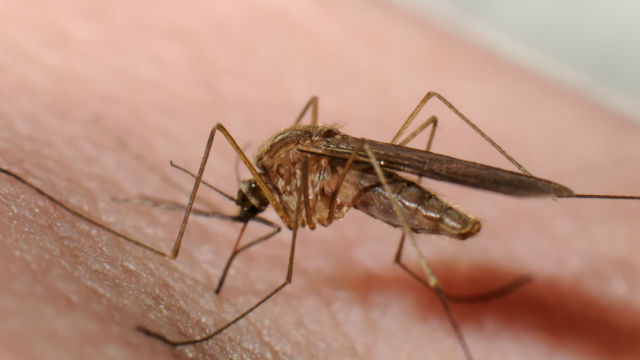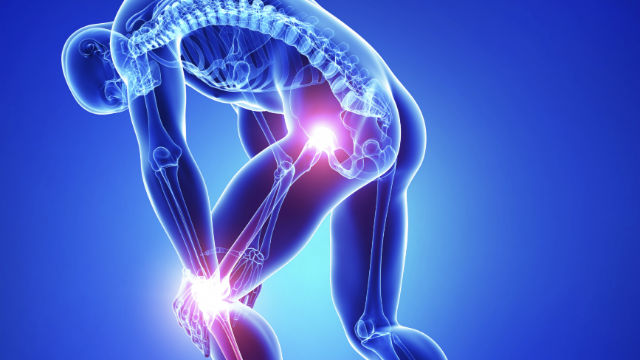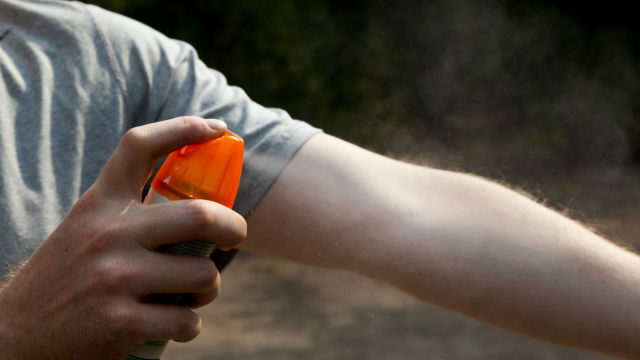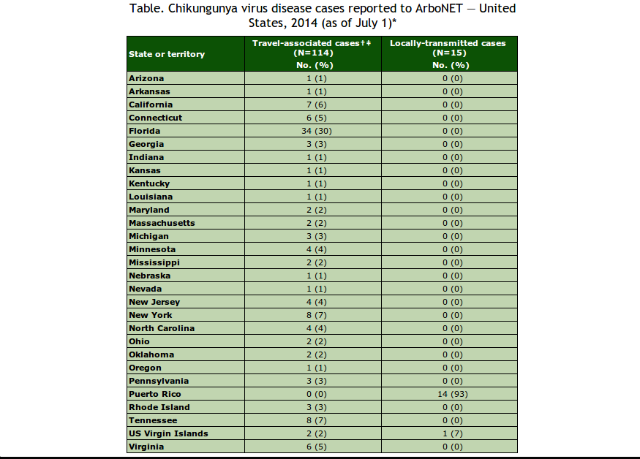Chikungunya, the new virus to hit the U.S., is pronounced chik-en-gun-ye. In the past, this viral infection has shown up in Africa, Asia, Europe, and the Indian and Pacific Oceans. It hit the Americas for the first time in late 2013 in the Caribbean. As of July 1, 2014, already 114 cases have been reported in 27 states and the U.S. Virgin Islands. Here’s what you need to know about this new threat.
1. What is Chikungunya?
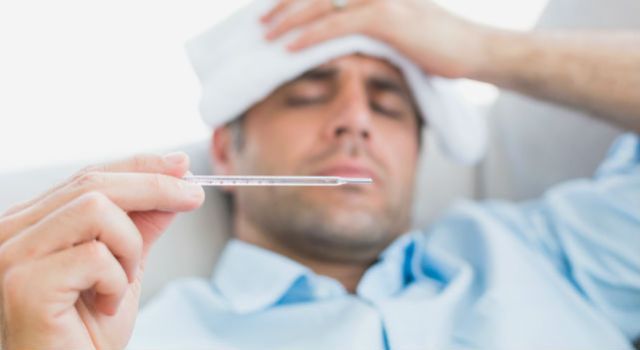
Chikungunya is a virus spread to people by mosquitos. It’s not usually fatal, but can be in older people. It can’t be cured and there is currently no vaccine, so treatment is focused on addressing the symptoms of the disease.
2. Symptoms of the Chikungunya Virus:
* Fever
* Severe Joint Pain
* Muscle Pain
* Headache
* Nausea
* Fatigue
* Rash
3. How Long Does Chikungunya Last?
The fever usually lasts for two days, but symptoms can last for about 5-7 days. Joint pain can last for much longer and can be debilitating, especially in the elderly (as long as two years).
4. How to Prevent Chikungunya:
Just like with other mosquito-born illnesses like Dengue fever, effective prevention means avoiding contact with mosquitoes. When traveling in high-risk regions, wearing insect repellent, long-sleeved clothing, and using mosquito netting remains very important.
Public health officials need to focus on standing water areas and spraying insecticide to control mosquito populations.
5. Chikungunya in the United States
Although American travelers have been diagnosed with chikungunya before on return from travel to infected regions, the new Caribbean outbreaks raise concern. When a mosquito bites an infected person, they can become infected and spread the virus when they bite others.
According to the Centers for Disease Control:
With the recent outbreaks in the Caribbean and the Pacific, the number of chikungunya cases among travelers visiting or returning to the United States from affected areas will likely increase. These imported cases could result in local spread of the virus in the continental United States.
